Articles Menu
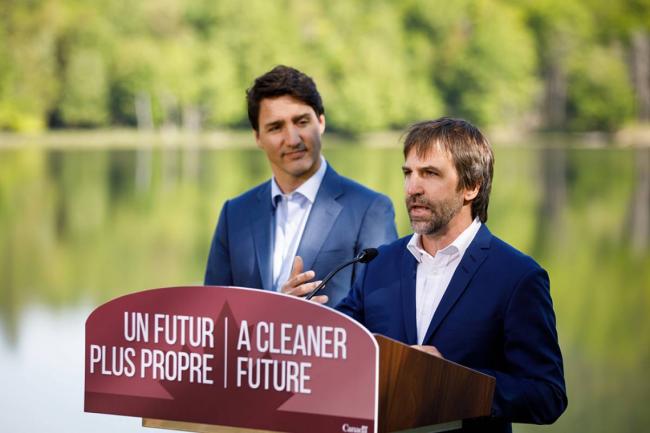
November 2nd, 2021
I didn't want to have to write this column.
That's because I have a multitude of other tasks on my to-do list before getting this week's issue of the Georgia Straight to the printer tonight.
It's actually quite simple.
It's all about the math, which is why there are so many mathematically inclined people working as climate scientists.
A chart on page 63 of the Trudeau government's plan, entitled A Healthy Environment and a Healthy Economy, explains how the government plans to reduce overall emissions to 503 million tonnes of carbon-dioxide equivalents by 2030.
That's down from 815 million tonnes in 2015 when the Liberals took office.
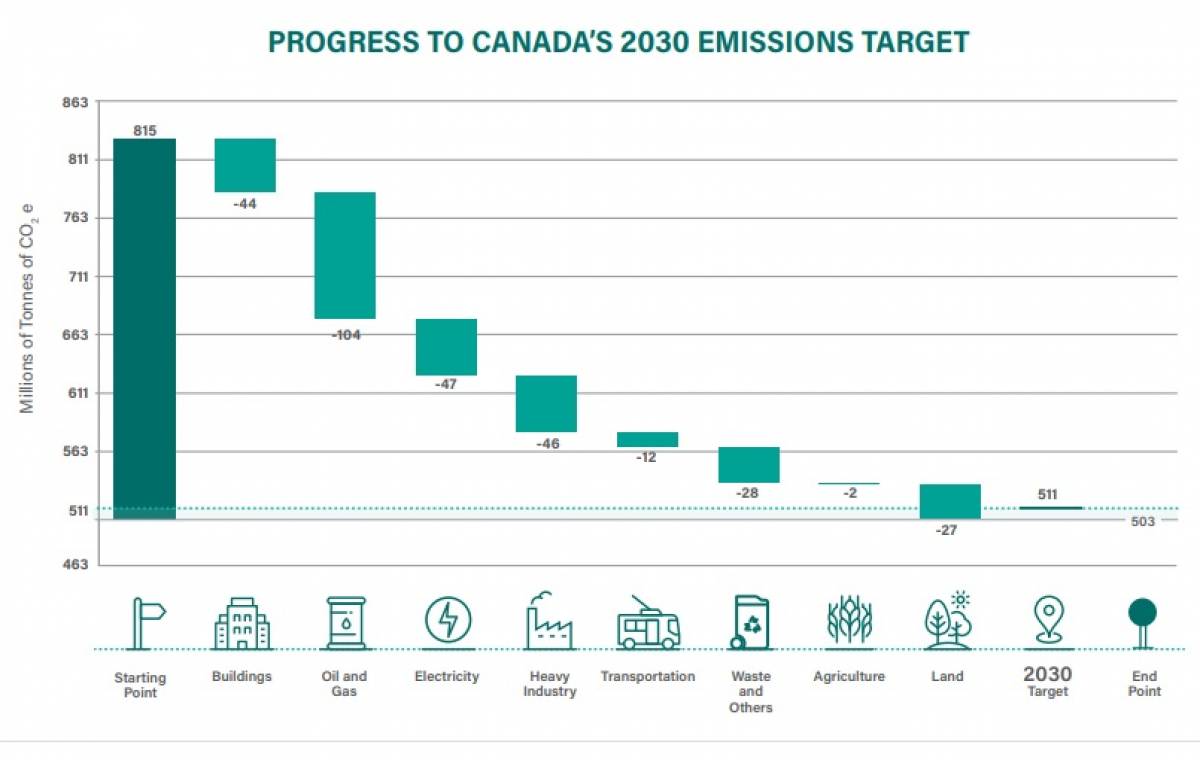
The biggest reduction, according to this chart, is 104 million tonnes per year from the oil and gas sector.
To provide context, the entire province of British Columbia's emissions amounted to 67.9 million tonnes in 2018. And oil that's exported from Canada is not counted in its national total. Only those emissions generated in Canada are included in the total.
But here's the kicker: another chart produced by the Canada Energy Regulator in 2020 shows that forecast production of diluted bitumen will continue rising for the next 20 years.
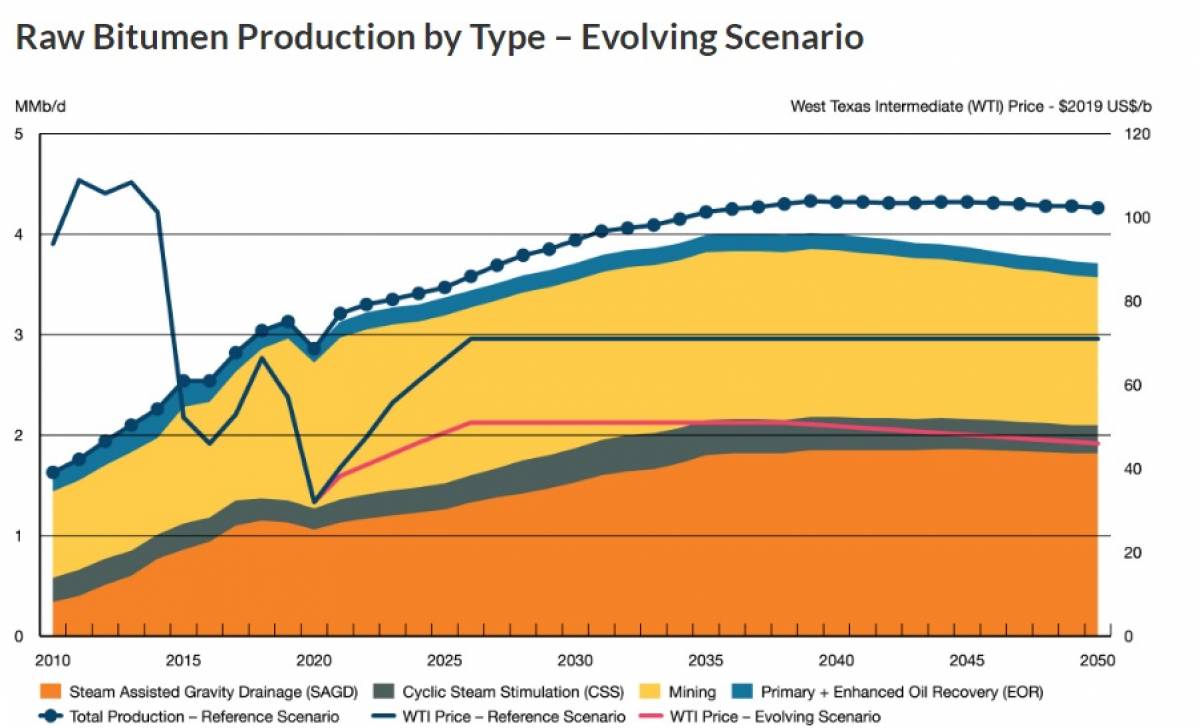
Trudeau said that his government will cap "emissions", not production.
So, how will the oil and gas industry perform the necessary acrobatics to produce more diluted bitumen over the next 10 years while reducing emissions by 104 million tonnes per year?
That's not laid out in precise detail in the Healthy Economy and a Healthy Environment document. But I did spot seven mentions of carbon capture and storage in the report.
Let's face reality: there is no way on Earth that carbon capture and storage is going to be able to suck up 100 million tonnes of existing emissions per year, let alone future emissions.
It isn't going to happen for reasons outlined in this article. To suggest otherwise is a betrayal of young people and future generations.
“Climate action can’t wait," Trudeau said in the news release on the prime minister's website. "Since 2015, Canada has been a committed partner in the fight against climate change, and as we move to a net-zero future, we will continue to do our part to cut pollution and build a cleaner future for everyone."
In fact, Trudeau's cabinet approved two major pipeline projects in 2016, a massive liquefied-natural-gas plant in 2018, and repeatedly voiced support for the Keystone XL pipeline project in the face of intense opposition from many Democrats in the United States.
It was a lie that Canada has "been a committed partner in the fight against climate change" since 2015.
Canada has by far the worst emissions record of any G7 country since 1990.
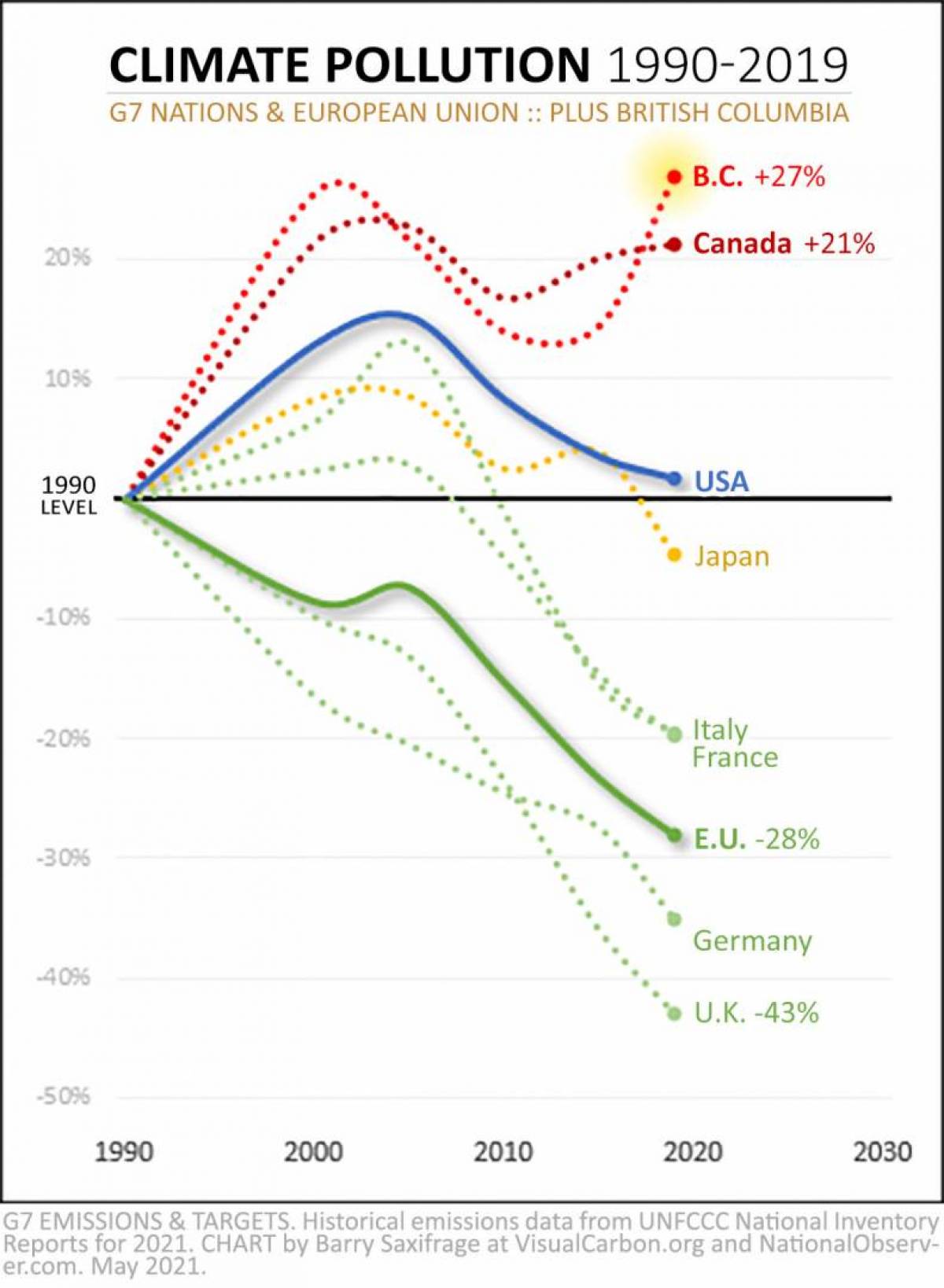
Burnaby author and SFU professor emeritus Donald Gutstein laid out the dirty history of Justin Trudeau's grand bargain with Big Oil in a devastating 2018 book entitled The Big Stall: How Big Oil and Think Tanks Are Blocking Action on Climate Change in Canada.
So do you think that Gutstein was given any airtime to talk about his book on Canada's nationally broadcast public-affairs shows such as CBC's Power & Politics and The House? Nope.
Was he given a chance to discuss his extensive research on CTV Question Period or Global's The West Block? Not on your life.
Did the Globe and Mail or the National Post express any interest in Gutstein's book? You probably already know the answer to that question by now.
So spare me the faux concern of the national Canadian media on the climate three years later after a temperature-shattering heat dome, raging wildfires, and flooding that occurs as regularly as Trudeau's pious pronouncements on the need for action.
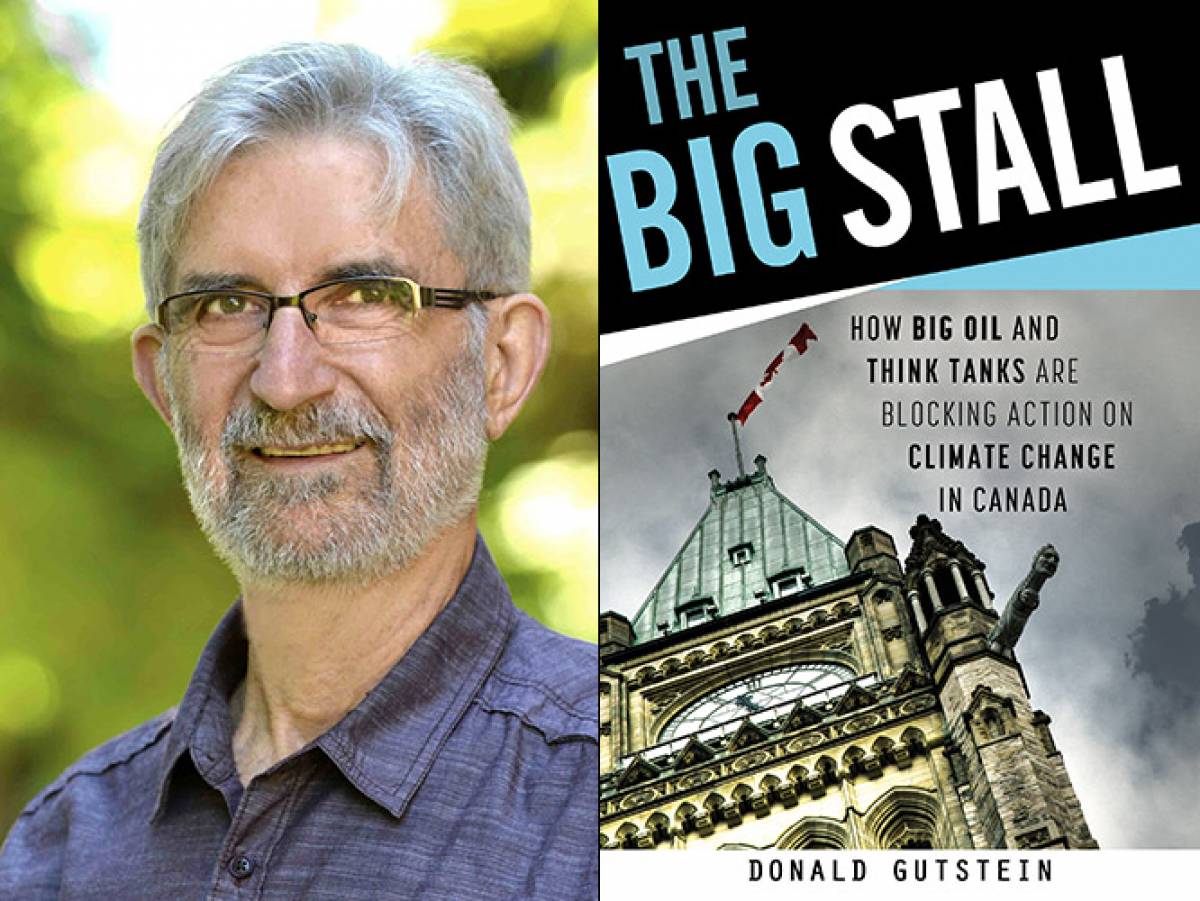
The numbers don't lie. Canada is a laggard and will continue to be a laggard until members of the Liberal Party rise up and throw Trudeau out of the prime minister's office.
Just because he appointed a former activist as his minister of environment and climate change isn't likely to change the reality, given what we've seen in the 13 years since Trudeau was elected to Parliament.
It's always been PR with Trudeau on the climate. And if history offers any lessons, it will continue to be PR—along with a whole lot of happy talk about carbon capture and storage.
He's our performative prime minister. And it's time that the world came to realize that.
The Big Stall, indeed.
[Top photo: Prime Minister Justin Trudeau and Environment and Climate Change Minister Steven Guilbeault are putting on a good show at the COP26 meetings, but can the world really believe what they're saying about cutting greenhouse-gas emissions?ADAM SCOTTI/PMO]